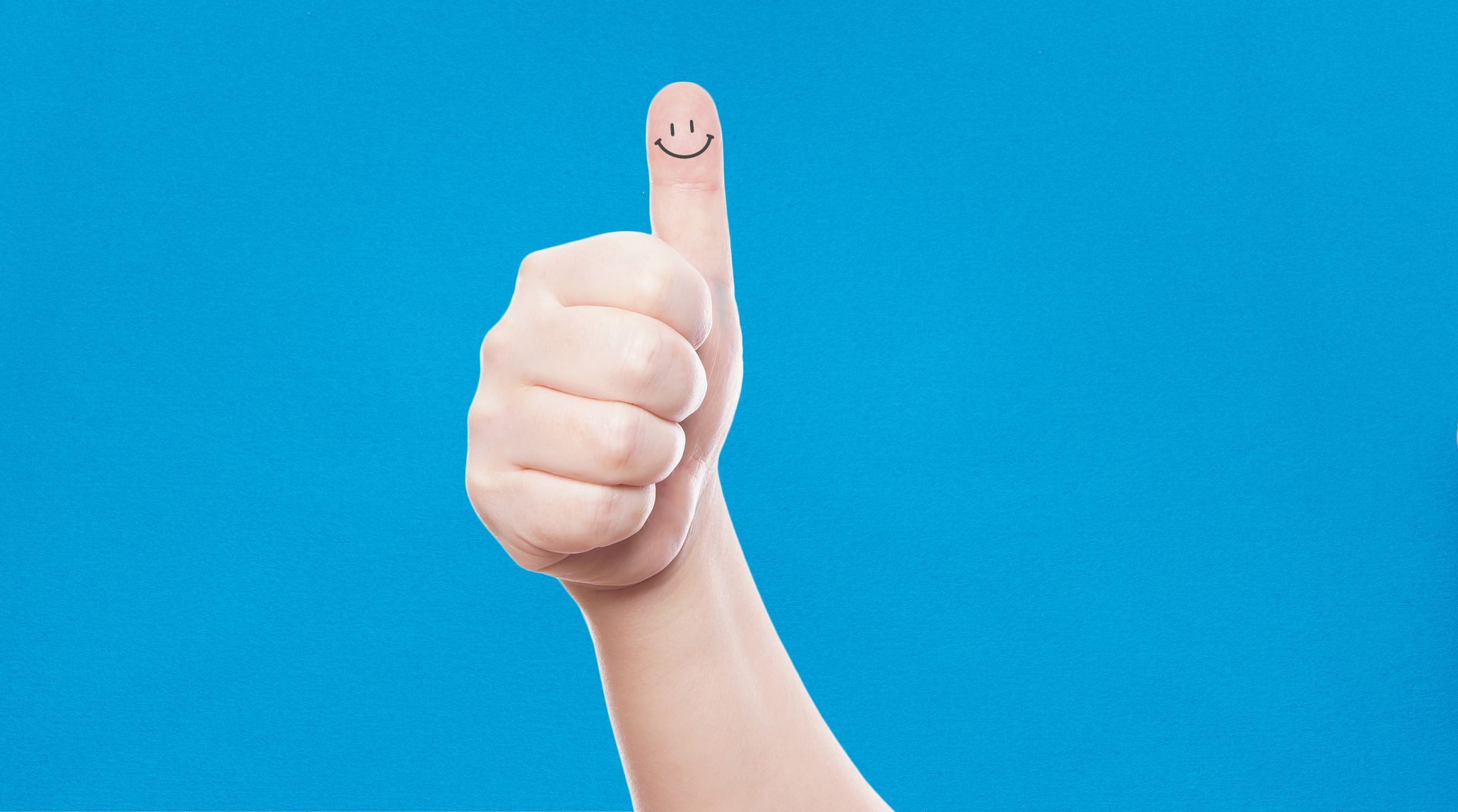
“
Thumbs, though small, are essential parts of our hands that contribute greatly to our daily lives. They are pivotal in performing a wide range of tasks with ease and precision. From gripping and manipulating objects to intricate actions like writing and typing, thumbs provide the talent needed for these functions. Their unique structure allows us to perform fine motor skills, such as holding a pencil or playing musical instruments. Thumbs are also involved in simple gestures like giving a thumbs-up, signaling approval or encouragement. Beyond everyday tasks, they even play a role in playful activities such as thumb wrestling. This blog will delve into the fascinating world of thumbs, exploring their anatomy, their critical functions, and how they impact various aspects of our lives. Join us as we uncover the remarkable versatility and importance of these small yet mighty appendages.1
1
”
Thumbs stand out because they only have two bones, compared to the three bones in our other fingers. This unique structure gives thumbs exceptional flexibility, allowing them to move in ways that our other fingers cannot.1

Some people possess a unique trait called a hitchhiker's thumb, allowing them to bend their thumbs backward more than others. This ability, often inherited genetically, can be quite amusing to demonstrate to friends.
Technology has produced assistive devices for individuals with limited thumb mobility. These include ergonomic tools and adaptive controllers designed to help users perform everyday tasks more comfortably and effectively.2
Muhammad Arshad of Pakistan set the record for the most thumb push-ups (both arms) in one minute with 89 repetitions in Vehari, Pakistan, on 19 February 2023. His achievement showcases exceptional strength and dedication to physical fitness.3
Toes can be surgically altered to function like thumbs. This process involves intricate surgeries to modify the toes' structure and positioning, allowing them to perform tasks typically done by thumbs, enhancing their utility for certain functions.4
Losing a thumb might seem minor since you have another, but according to the American Medical Association, a thumb amputation causes a 40% impairment to the entire hand. Remarkably, it would take the loss of the middle, ring, and small fingers to equal this impairment.5

Mohammed Sinan KK from India achieved a Guinness World Record with 108 pen spins around his thumb in one minute in Malappuram, Kerala, India, on 2 February 2021. Inspired by a video on the GWR YouTube channel, he fulfilled his childhood dream by pursuing this remarkable title.
Koalas have two opposable thumbs on each front paw, which are specially adapted for gripping and climbing tree branches. This feature helps them navigate their arboreal habitat and securely hold onto eucalyptus leaves while feeding.6
In 2012, Junior Chamber International Osaka set a record with 957 participants in a thumb wrestling chain at Osaka Castle Nishinomaru Garden. They wrestled continuously for 5 minutes, closely supervised by twenty stewards to ensure fair play and accuracy.7
The thumb has its dedicated nerve supply through the median nerve, crucial for both feeling and controlling movements. This specialized nerve allows us to sense textures and temperatures accurately and to perform delicate tasks with our thumbs.8
The first successful thumb transplant involved transferring a patient's great toe onto their hand. This groundbreaking procedure pioneered in the 1960s, offered hope to individuals who had lost their thumbs, significantly improving hand function and quality of life.9
Thumbprints served as signatures in ancient civilizations such as Babylon and China, ensuring the authenticity of documents and agreements. They were pressed onto clay tablets and legal papers for identification and validation.10
Everyone's thumbprint is unique, much like a snowflake—no two are alike! This distinctiveness makes our thumbprints special and individual, serving as a natural identifier that sets each person apart.11
Genetic factors significantly influence the size and shape of your thumb. Heredity plays a key role in determining thumb length, width, and overall morphology. This genetic influence affects thumb characteristics, contributing to the uniqueness of individual hand features and agility. 12
Thumb-sucking in adults may indicate anxiety or stress. This behavior, often rooted in childhood, can resurface as a coping mechanism in response to emotional or psychological pressures. Recognizing this sign can help address underlying stressors. 13


